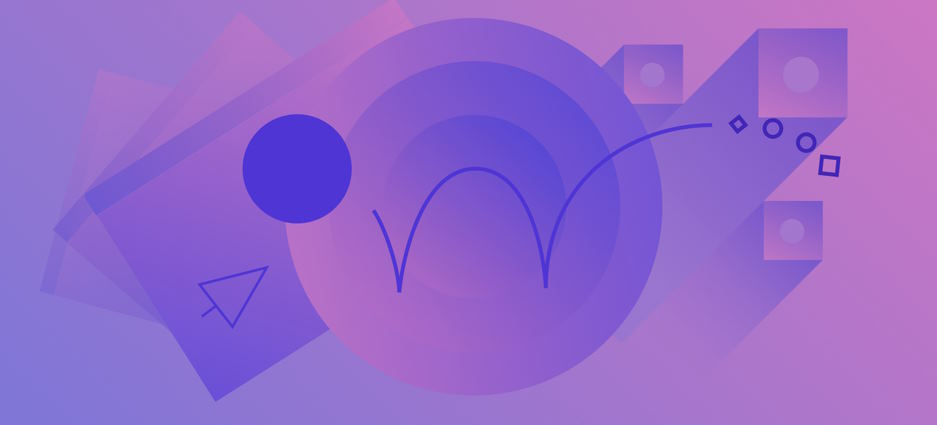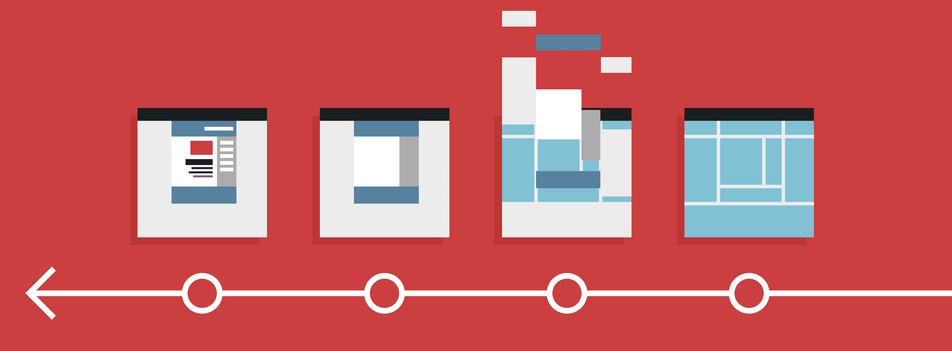
Bringing Your Website to Life With Animations and How It Can Help Engage Users
Animations have been around for a long time, and they can be used to create fun and captivating experiences on websites. When it comes to making an impact with your website, animations are often the answer – they breathe life into otherwise static pages, helping you engage customers in new and unique ways. In this article we’ll take a look at how animations can help bring your website to life, from adding that extra wow factor to driving user engagement and encouraging higher conversion rates. Read on for all the tips you need to make sure your animation strategy is effective!
The power of animation in web design – how to use it for amazing results
Animation is powerful when used properly in web design. It can be used to draw attention to important elements, create visual interest, and guide users through your website. When done right, animation can help make websites more engaging and user-friendly. Here are some tips on how to use animation for amazing results in your web design:

- Use subtle animations – Don’t overdo it with flashy animations that take away from the overall user experience. Instead, use subtle animations like hover effects or page transitions that help keep the user engaged without being too distracting.
- Speed up the loading process – Animations can also be used to speed up the loading process by displaying an animated progress bar or a spinning loader icon while content is being loaded. This can help make the user experience more seamless and reduce frustration.
- Create visual interest – Animations can be used to bring elements of your web design to life, such as making images pop out or adding movement to text blocks. By doing this, you can create a sense of visual interest that will draw users in and keep them engaged.
- Make navigation easier – Animations can also be used to guide users through your website by highlighting important elements or providing helpful hints for navigating the site. For example, when hovering over an item on a menu, you could use an animated tooltip that explains what clicking on it will do.
By using the tips above, you can easily incorporate animation into your web design and create amazing results. With a little bit of creativity and experimentation, you can use animation to make your website more engaging, user-friendly, and visually appealing.
Create unexpected experiences by using animations in web design
Animations can be used to create an unexpected and engaging experience in web design. Animations help add depth and excitement, as well as providing a way to guide the user through a website. They can also be used to communicate important messages or provide interactive elements such as hover effects. By using subtle animations, designers can give life to their designs with minimal effort and effortless style.

Animated effects can bring attention to key elements on a page without having the user read any text. For example, adding movement when buttons are hovered over makes it easier for users to identify what they have to click on or which sections of the site they should explore next. Additionally, animated transitions between pages help build continuity and create a more enjoyable experience.
Animation can also be used to convey information and actions more visually. For example, loading animations provide feedback that the page is in progress and help reduce cognitive load by making it easier for users to understand the sequence of events. Animated charts are another way to display data in an interesting and eye-catching manner. Additionally, animation can be used to make complex tasks easier by providing step-by-step demonstrations or breaking down complicated procedures into simpler layers.
Using animation in web design can add interest and delight to any site—and with the right implementation, it can help improve user experience too. By creating unexpected experiences with animated effects, designers can bring life to their designs and wow their users!
